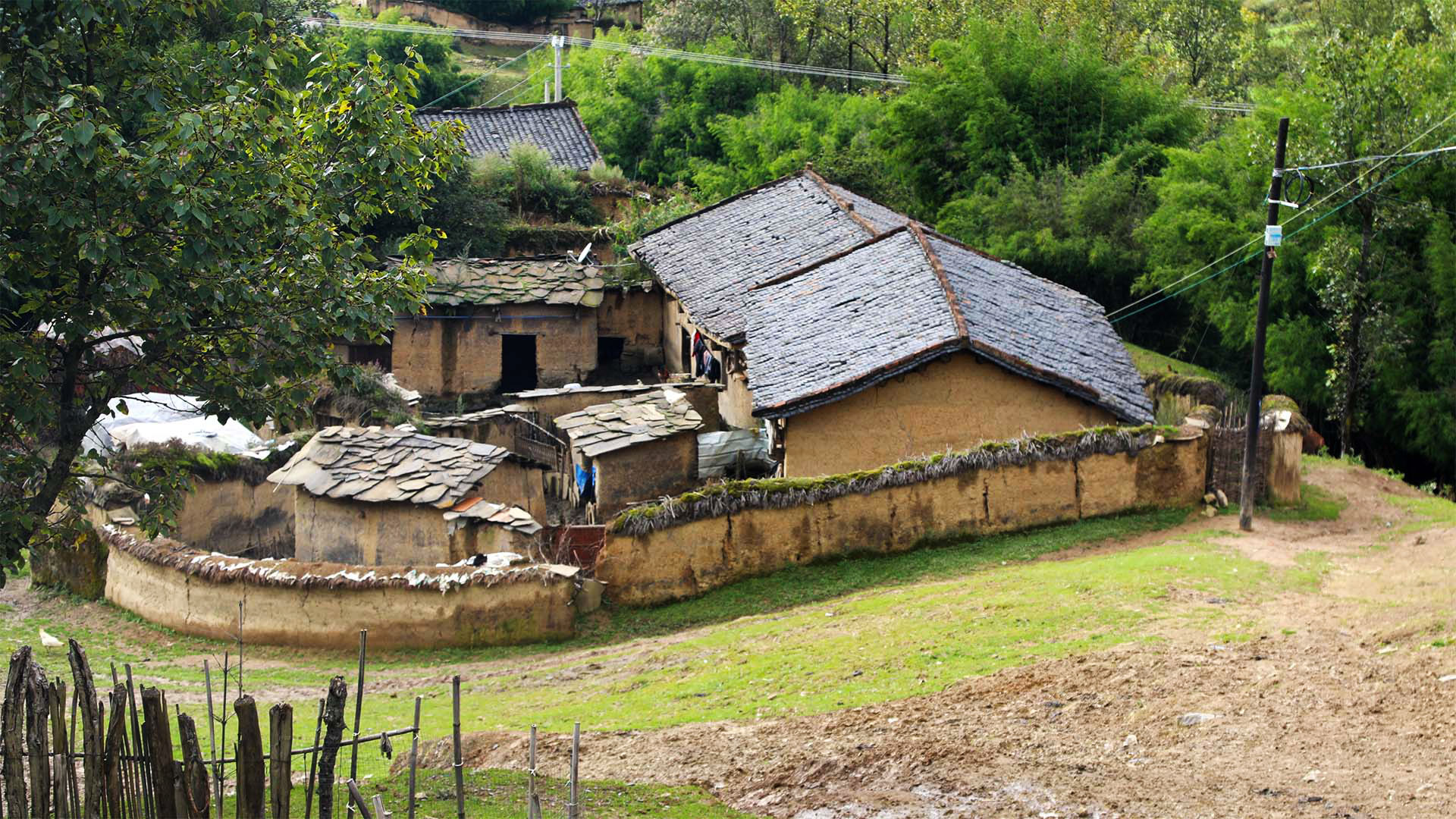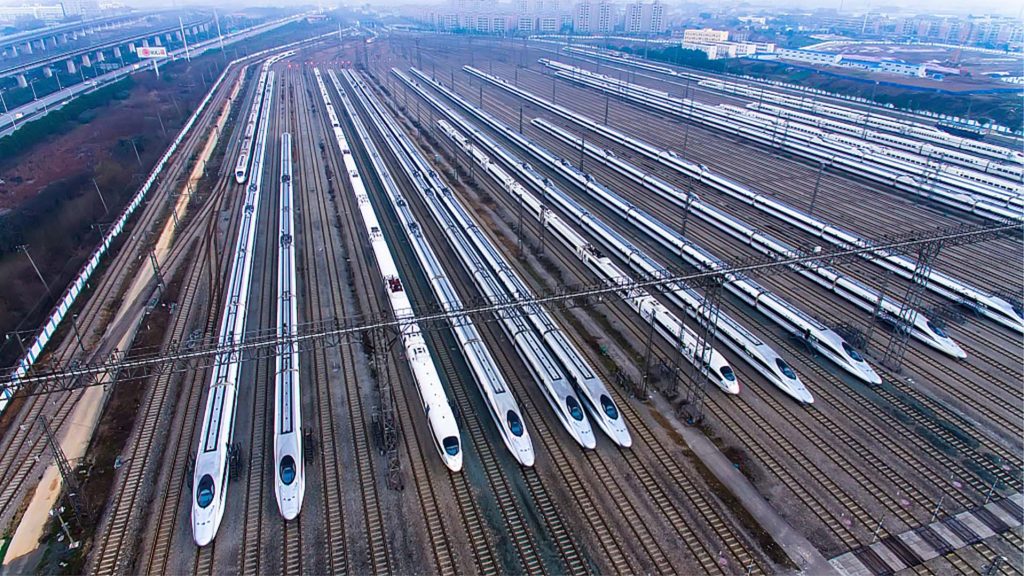
Breaking Barriers
in Kuijiu
Culture and tradition could be key to eliminating extreme poverty.
They trek hours over mountains on a meal of potatoes and buckwheat bread, their boots encrusted with mud. Four men seeking some of China’s poorest families in one of its hardest-to-reach corners. Arriving at one home on their list, they bang on its metal gate. No one is there.
“Our task will not go away if we don’t do it today,” says Shen Rui, a poverty relief officer who has spent the last several years crisscrossing rugged Liangshan in southernmost Sichuan Province. “Today, we need to try our best to collect the information of this household… or tomorrow we will have to walk this same long distance through the mountain again to complete our job.”
In October 2019, Shen’s muddy footfalls through Kuijiu Village along with colleagues Pan Yang, Shen Yue, and Yang Bo were being repeated across China to achieve a historical feat – the attempt to eliminate extreme poverty.

Another stop proves more fruitful. They find Ake Chizi and his family of eight. Ake doesn’t have use of his legs, and two others in his family are disabled. Shen Rui and his team pore over the family’s finances. They document their construction of a toilet, and note a child’s diploma proudly displayed on a wall. They work out what benefits the family qualifies for, and whether their various income sources add up to enough to be taken off their list.
But money isn’t the only thing that matters. Sustainable poverty relief requires changing habits and investing in the future: the children.
“Income is only one part of our evaluation to see whether a family has shaken off poverty. Another is ensuring proper accommodation,” commissioner Pan Yang says. “And all their children must be in school. Only when a household meets these three criteria can it officially be considered out of poverty.”

Similar visits across China were part of a final push that began in 2015 to lift the remaining 98 million people in 832 deeply impoverished counties above the poverty line before 2021. That meant, before success could be declared, every person had to be raised over the poverty line of US $612.
Numbers and statistics fail to capture the enormity of the effort. And while some would debate the metrics defining poverty – arguing China’s threshold should be higher – those distinctions would be lost on the millions of people seeing their children live better lives.
Before the campaign began, residents of Kuijiu lived in hovels, scorched black from indoor cooking fires. Many walked hours to obtain potable water. A year later, in 2020, they had moved into new homes connected to utilities and roads. There’s now even a school and kindergarten.
Not everyone is receptive to the campaign. Parents are unaccustomed to sending children to school rather than the fields and must be persuaded to change their behavior.
The relief team engages residents as crisis counselors, infrastructure advisers, resource managers, family services providers, and even handymen, fixing everything from broken TVs to water lines.

You need to be a teacher, and a builder who knows how to repair houses. You even need to have knowledge of diseases if a villager gets sick. Our job is not one-dimensional.
Yang Bo, Poverty Alleviation Commissioner

That included repeated visits to tell one resident to stop beating his errant teenage son and send him to school. Even more, they warned that he would be prosecuted if the boy failed to attend classes and complete his compulsory nine-year education.
By late 2020, Shen Rui conceded they were “slowly withering away” under fatigue. But a month before the year-end deadline, the last 52 impoverished counties were certified free of extreme poverty, including those in Liangshan.
Though the goal was achieved, the work continues – with one crucial difference:
Previously the goal was that we wanted to rid villagers of poverty. Now it should be that the villagers want to rid themselves of poverty.
Zhang Zhongyuan, Poverty Alleviation Commissioner
MORE STORIES
CLICK TO FIND OUT MORE






